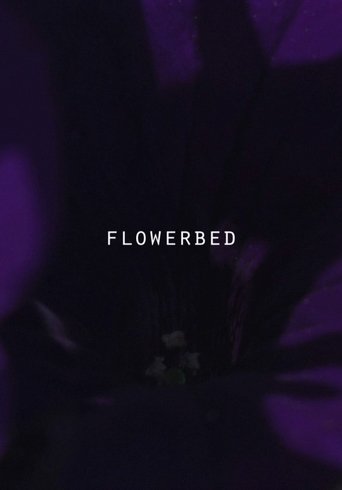
13 Jun 2017

Flower Bed
A bed of flowers.
Still Life #02 is part of a broader investigation on our relationship with images and their immateriality. It emerges from the desire to touch the intangible: the digital image. It manages to embody the pixel and carve it with a chisel; to explore its physical nature through direct intervention.

13 Jun 2017

A bed of flowers.

04 Jun 2024

The National Gallery of London is one of the world’s greatest art galleries. It is full of masterpieces, an endless resource of history, an endless source of stories. But whose stories are told? Which art has the most impact and on whom? The power of great art lies in its ability to communicate with anyone, no matter their art historical knowledge, their background, their beliefs. This film gives voice to those who work at the gallery – from cleaner to curator, security guard to director – who identify the one artwork that means the most to them and why. An assortment of people from all walks of life who have a strong connection to the gallery make surprising choices of both well-known and lesser-known artworks. Finally, some well-known celebrities explain what they head for when they visit the gallery. These stories are used as a lens through which to explore the 200-year history of the National Gallery and what the future may hold for this spectacular space.
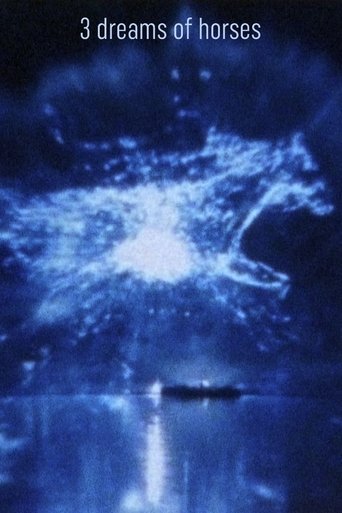
05 Dec 2017

Film is made out of gelatin that comes from horses. They’re waiting to be slaughtered, so that pictures can be made. Many years ago we learned the language of our masters. Though we couldn’t help wondering why so few of you bothered to learn ours. Three scenes featuring horses, remembering Jacinto. The first is a daytime forest haunting that winds up at a carousel, the second a rainy street in Portugal, the finale a nighttime vigil of fire and water.
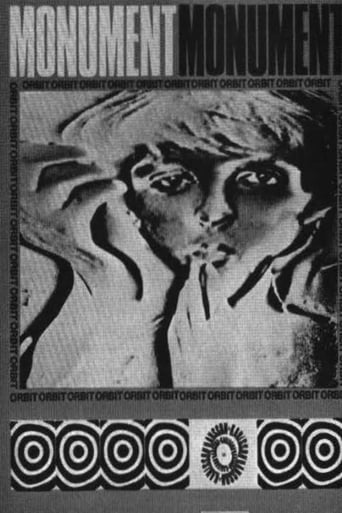
17 Apr 1967

In the fall of 1967, intermedia artists Ture Sjölander and Lars Weck collaborated with Bengt Modin, video engineer of the Swedish Broadcasting Corporation in Stockholm, to produce an experimental program called Monument. It was broadcast in January, 1968, and subsequently has been seen throughout Europe, Asia, and the United States. Apart from the technical aspect of the project, their intention was to develop a widened consciousness of the communi - cative process inherent in visual images. They selected as source material the "monuments" of world culture— images of famous persons and paintings.
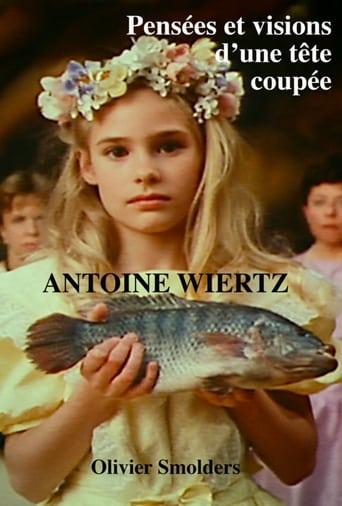
01 Jan 1991

The theme of death is heavily interwoven in Smolder’s surreal salute to Belgian painter Antoine Wiertz, a Hieronymus Bosch-type artist whose work centered on humans in various stages in torment, as depicted in expansive canvases with gore galore. Smolders has basically taken a standard documentary and chopped it up, using quotes from the long-dead artist, and periodic statements by a historian (Smolders) filling in a few bits of Wiertz’ life.
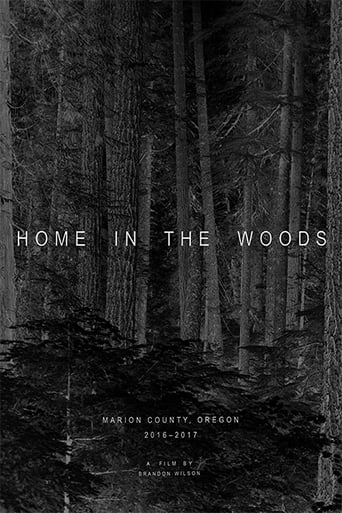
11 Mar 2020

Using only nature and his immediate surroundings, filmmaker Brandon Wilson creates an experimental documentary that ignites the imagination of wandering in nature, and creates a loving portrait to the woods he calls home. Over the course of a year, Wilson set out to document— and accentuate—his surroundings through camera filters, angles, repetition, and audio. The end result is a hypnotic journey through the hidden wonders and beauties of the Northwest forests, in vivid colors and immaculate black-and-whites.
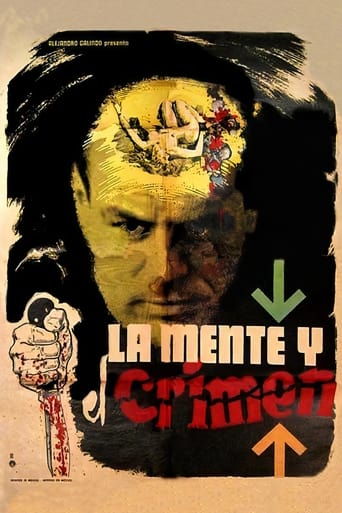
01 Jan 1961

The discovery of a human torso thrown into a waterway, leads the viewer to observe the work of modern criminology and the task of special agents to track and record the psychopath's mentality through the elucidation of techniques present in the reality of the police investigation.
21 Feb 1973
This is one of those abstract animated films in which colored, richly textured light moves in a black, three-dimensional space. The pictures and the electronic score are unified in a strict structure made of three main sections which progressively develop three subsections. This film may look like it was made using computers or video to the uninitiated, but only animation and much optical printing are to be seen herein. Preserved by the Academy Film Archive in partnership with iotaCenter and National Film Preservation Foundation in 2007.
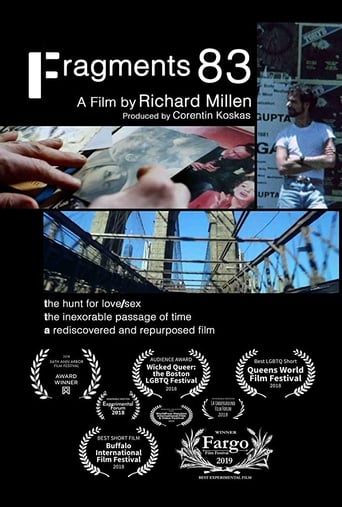
22 Mar 2018

Fragments 83 rediscovers—and repurposes—Richard Millen 1983 experimental film If You Can’t Be with the One You Love, shot in Brooklyn and the West Village in the early days of the AIDS epidemic. The resulting documentary explores the hunt for sex/love, the joy of making cinema, and the inexorable passage of time.
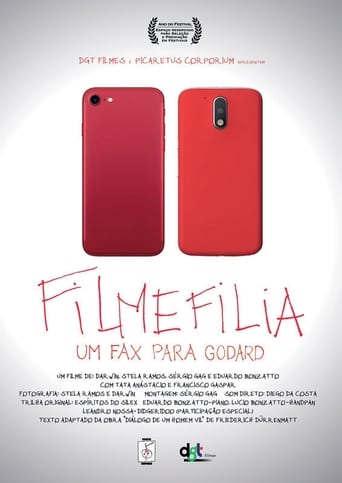
15 Oct 2019

Originality in a time of poorly made copies, a filmic inventory of a strange time, a kaleidoscope of images, in a constant game of ruptures and continuities. All this from 365 videos published on an Instagram page in 2018, added to an original soundtrack and a text adapted from Dürrenmatt's play Dialogue of a Vile Man, a text that synthesizes our time well.
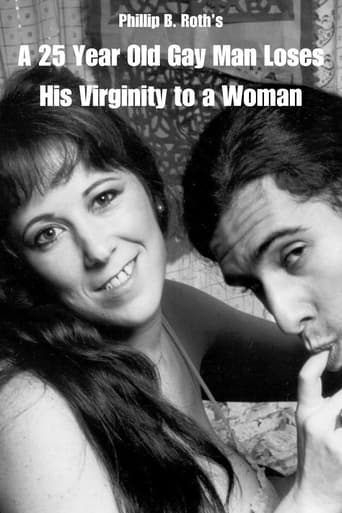
13 Nov 1990

"This tape is an exploration of my latent heterosexuality with porn star / performance artist Annie Sprinkle as instructor and sage. After assuaging my fears that I can have sex with a woman & still maintain my gay identity, Annie warms me up with some playful, sensual wrestling. She then instructs in the use of a tampon while relating men's need to make war with their inability to menstruate. For the rest of the tape, she guides me through the specifics of sexual exploration, positions of coital congress as well as post- coital ritual."
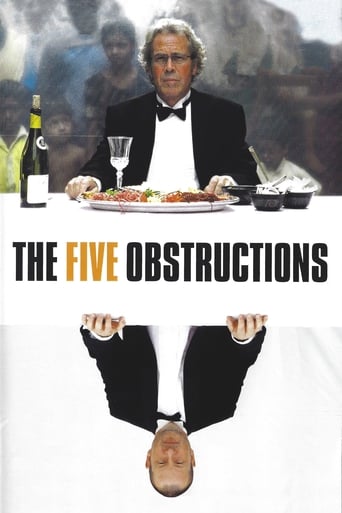
07 Nov 2003

In 1967, experimental filmmaker Jorgen Leth created a striking short film, The Perfect Human, starring a man and women sitting in a box while a narrator poses questions about their relationship and humanity. Years later, Danish director Lars von Trier made a deal with Leth to remake his film five times, each under a different set of circumstances and with von Trier's strictly prescribed rules. As Leth completes each challenge, von Trier creates increasingly further elaborate stipulations.

31 Dec 2007

This exhibition focuses on Jonas Mekas’ 365 Day Project, a succession of films and videos in calendar form. Every day as of January 1st, 2007 and for an entire year, as indicated in the title, a large public (the artist's friends, as well as unknowns) were invited to view a diary of short films of various lengths (from one to twenty minutes) on the Internet. A movie was posted each day, adding to the previously posted pieces, resulting altogether in nearly thirty-eight hours of moving images.
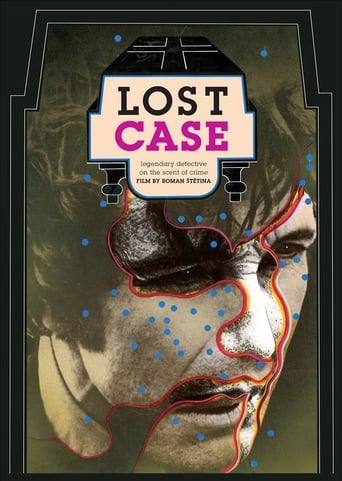
01 Dec 2014

A completely new story based on existing footage from the series Columbo.
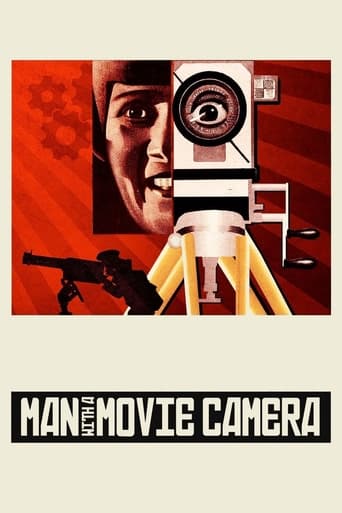
12 May 1929

A cameraman wanders around with a camera slung over his shoulder, documenting urban life with dazzling inventiveness.
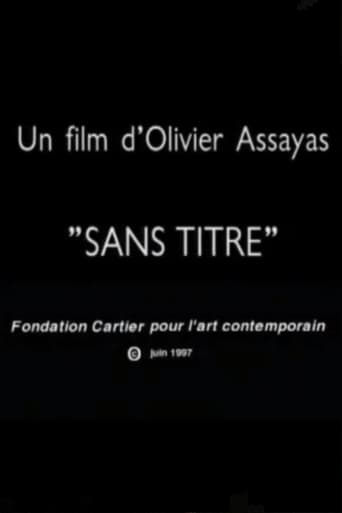
01 Jan 1997

Experimental short made by Olivier Assayas for Fondation of Contemporary Art and starring Maggie Cheung.

24 Jan 2002

A meditation on the human quest to transcend physicality, constructed from decaying archival footage and set to an original symphonic score.
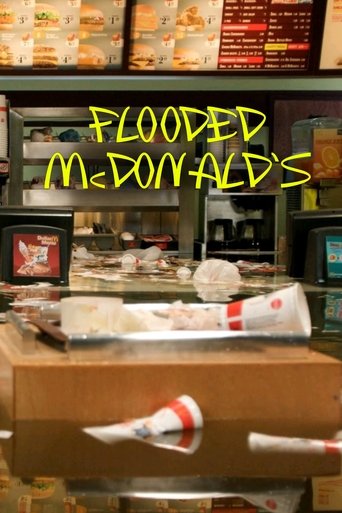
16 Jan 2009

Flooded McDonald's is a new film work in which a convincing life-size replica of the interior of a McDonald's burger bar, without any customers or staff present, gradually floods with water.
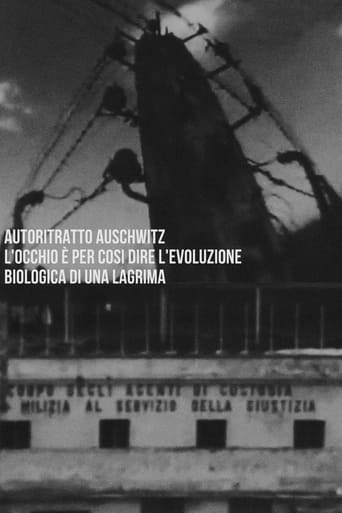
04 Sep 2007

In the film we find some scrap of slow motion they see a Monica Vitti trying to cry, a meeting between Antonioni and Grifi, a film shot in the concentration camp of Auschwitz with a survivor who recounts those awful moments, a glimpse of Palestine today, Grifi's reflections on the prison.

26 Sep 2014

Portrait of Costa da Morte (coast region in Galicia, Spain) from an ethnographic and landscape level, exploring also the collective imagination associated with the area. A region marked by strong oceanic feeling dominated by the historical conception of world's end and with tragic shipwrecks. Fragmentary film that approaches to the anthropological from its protagonists: sailors, shellfish, loggers, farmers ... A selection of characters representative of the traditional work carried out in the countryside in the region, allowing us to reflect on the influence of the environment on people.